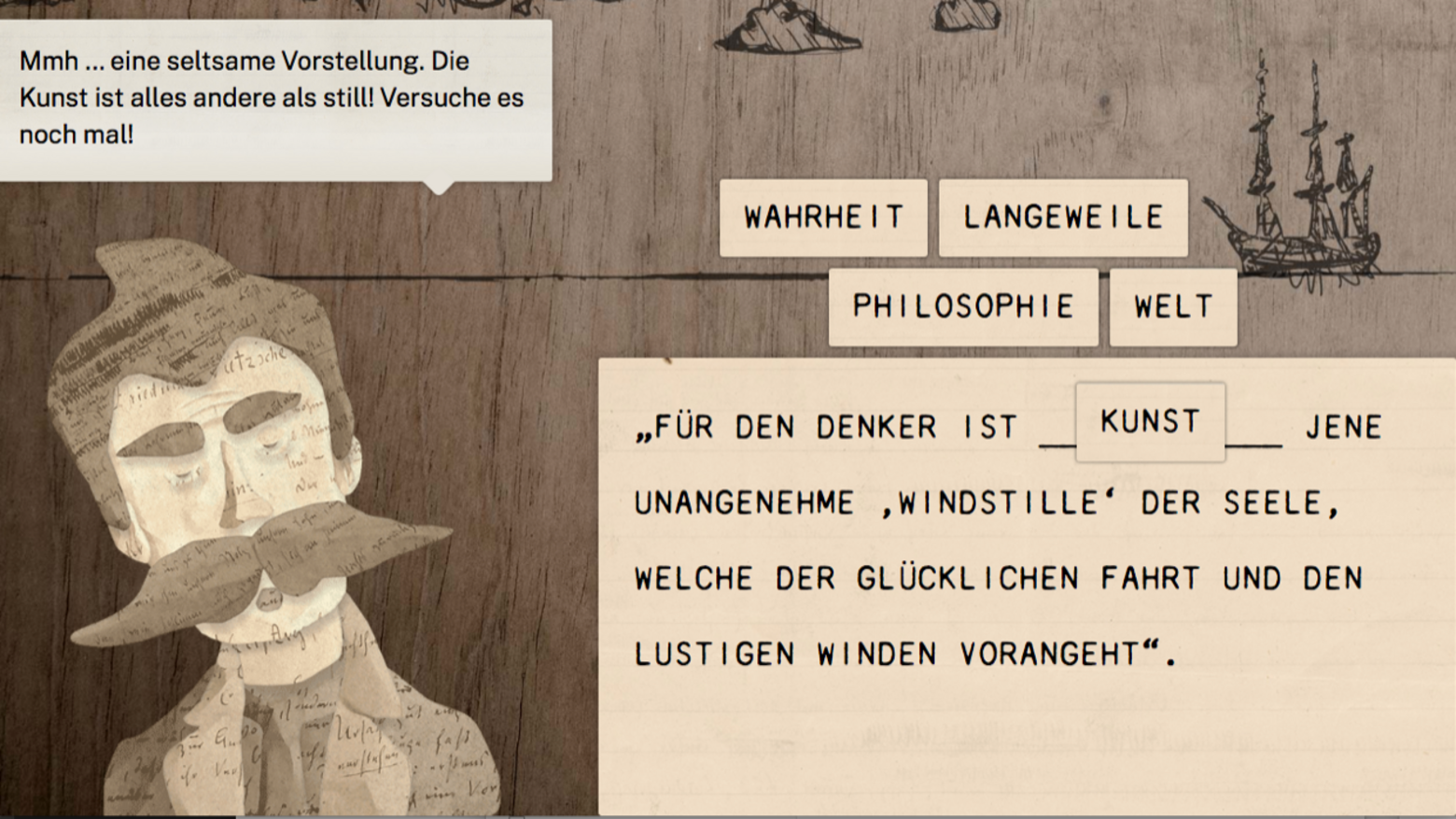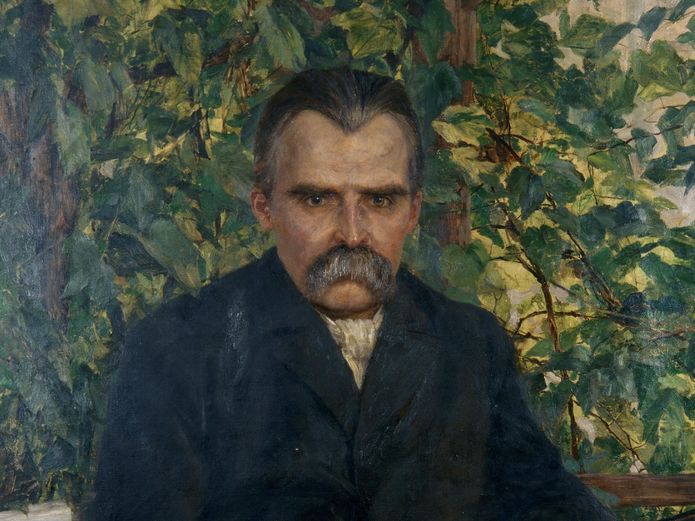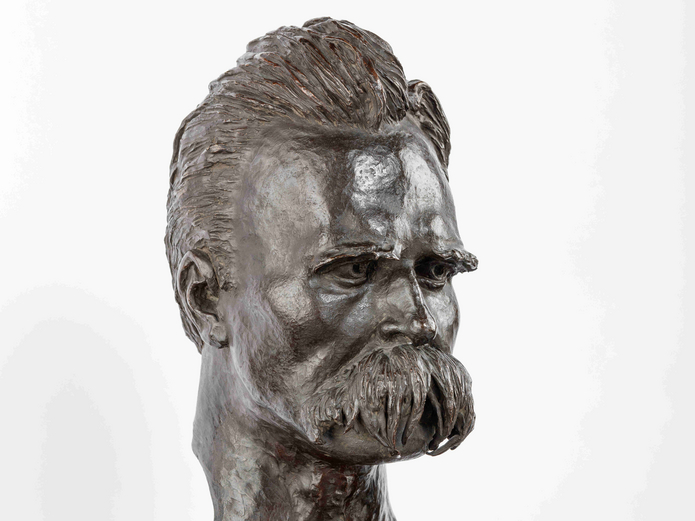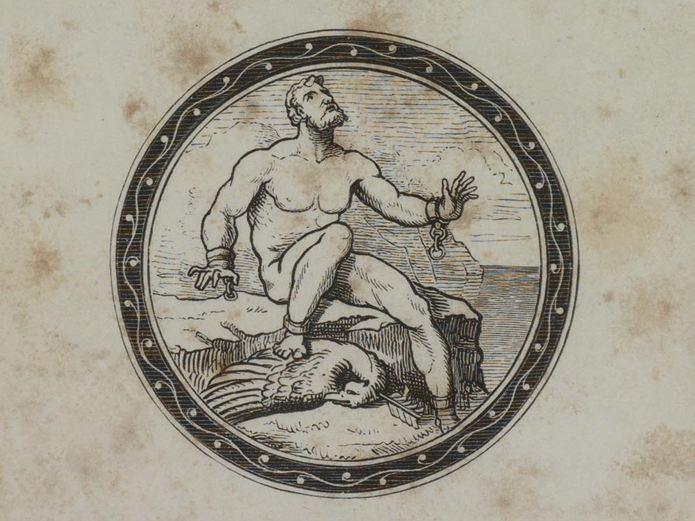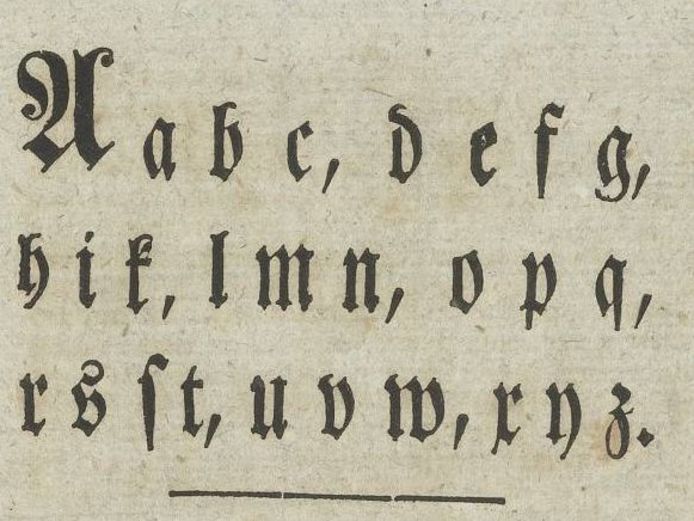Nietzsche read. Nietzsche wrote. Nietzsche composed. But who was he really and why did he rise to cult status? Because the coronavirus has made it all-but-impossible to answer these questions in a “real-world” tour, we invite you take a digital tour of modernism. We hope you enjoy it. Are you ready? Then let’s go!
The upcoming stops on the tour include the new permanent exhibition “The Fight for Nietzsche” at the Nietzsche-Archiv, the exhibition “Van de Velde, Nietzsche and Modernism around 1900” at the Museum Neues Weimar, the exhibition “Nietzsche Composes” at the Goethe- und Schiller-Archiv and the exhibition “Nietzsche Reads. Nietzsche’s Books and Writings” at the Herzogin Anna Amalia Bibliothek. But the first stop on our tour takes us to short introduction:
When Nietzsche passed away in Weimar on 25 August 1900, he was already a global cultural phenomenon. The Nietzsche-Archiv in Weimar played a significant role in making him famous. The widespread fascination with Nietzsche’s philosophy, combined with his sister Elisabeth Förster-Nietzsche’s ambition, were extremely effective in increasing the philosopher’s renown.
After the euphoria of New Weimar had passed, the “fight” for Nietzsche began with wartime editions of Zarathustra during World War I and became fiercer with his appropriation by the National Socialists. After the defeat of Nazi Germany, almost no one wanted to be labelled a “Nietzschean” any longer. But even today this unlikely superstar from Röcken still possesses something subversively iconic. Like no other philosopher, Nietzsche is not only a fixture at universities and libraries, he also appears in artworks, movies, graffiti, on t-shirts and coffee mugs.
Numerous handwritten manuscripts and personal collections belonging to Friedrich Nietzsche are preserved in the archives of the Klassik Stiftung Weimar. Researchers at the Nietzsche-Archiv are devoted to the extensively study of Nietzsche’s life and works. Here you will find a selection of related literary and research material.
![[Translate to English:] Doppelseite aus Ralph Waldo Emersons „Versuchen“](/assets/media/6/5/csm_2020_Nietzsche-liest-Emerson_e7cd766f21.jpg)



